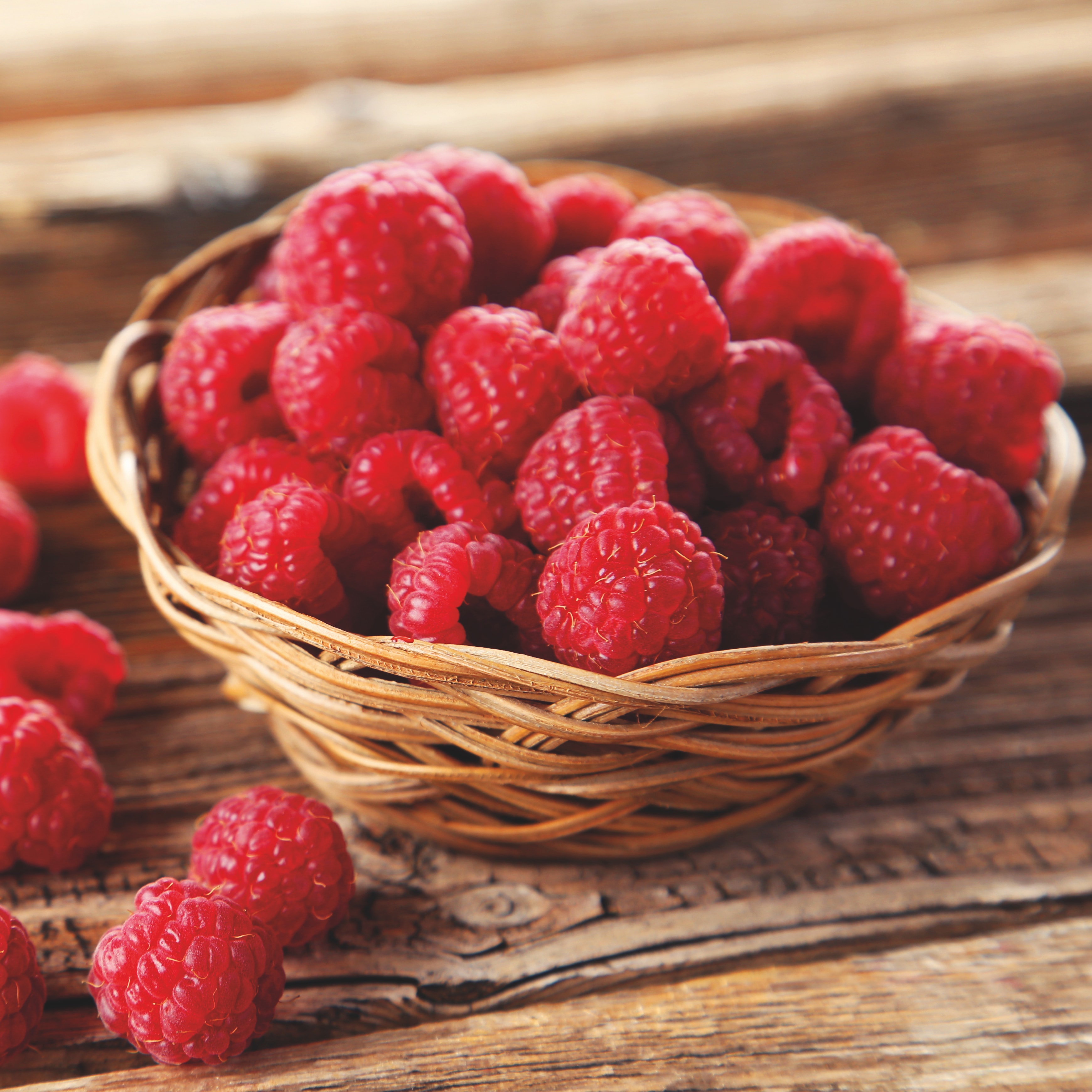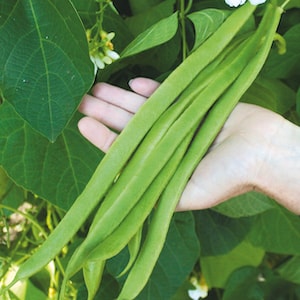What to do in your allotment in September
Written by Lee Senior
Much of the UK is basking in hot, dry weather as we enter September. This is perfect for ripening outdoor tomatoes, drying off onions intended for storage and extending the cropping season of summer stalwarts such as French beans and runner beans.
Sadly, powdery mildew has struck my outdoor cucumbers and courgettes. It’s almost guaranteed on my allotment at this time of year, largely due to weather conditions. The best way to combat this is to grow mildew resistant varieties where possible. Both indoor and outdoor varieties of cucumber can be susceptible to mildew but F1 cucumber ‘Baby’ has high resistance.
I’ve enjoyed watching local sparrows hard at work mopping up the remains of green caterpillars from the cabbage white butterfly. I saw one clever bird taking a squashed caterpillar from the tip of a cabbage leaf. Wasps were showing an interest in the juicy remains of the caterpillars too. This was a delightful reminder that nothing goes to waste in nature provided we leave it to get on with it. Happy growing!
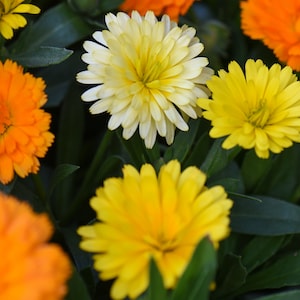
Image: Calendula Seeds – Daisy Mix
Allotment flowers in September
- One of my favourite winter flowers is the hardy cyclamen coum (not to be confused with the indoor cyclamen). Plant the corms outdoors in containers or well-drained soil during September and this tough little plant will flower throughout winter, even in full shade.
- For earlier flowers next spring, sow sweet peas into modular seed trays and pop them in the cold frame to overwinter. Try ‘True Fragrance’ or ‘Sublime Scent Mix’ for extra strong scented blooms.
- Phlox drummondii (good for cut flowers) and Godetia seeds can also be sown under cover in September for planting outdoors next spring.
- The bright oranges and yellows of calendula grow with gay abandon on my plot, and very welcome they are too. The edible flowers can be used as a salad garnish and my youngest picks them as cut flowers. Calendula seeds can be direct sown as late as September in sheltered areas, or overwintered in a cold greenhouse ready to plant out next spring.
- Deadhead all of your flowering plants regularly this month to keep them blooming. Enjoy the last glorious month of sweet peas, calendula, nasturtiums and sunflowers before they’re threatened by frosts.
- Cut dahlia flowers just before they open and enjoy watching your vase of stunning petals unfurl.
- Keep an eye on your sunflowers as they produce seed heads this month. Even if they’re staked, they become especially top heavy.
- It’s time to plant your spring flowering bulbs. Tulips and daffodils brighten up the allotment and make excellent cut flowers.
Allotment vegetables in September
- September is a good month to direct sow winter lettuce seeds directly into prepared soil. ‘Winter Density’ is especially tolerant to cold, and speedy winter leaves produce fresh salad in as little as three weeks.
- If you like butterhead types of lettuce then the variety ‘Brighton’ has good resistance to downy mildew and should be ready to harvest next March. Cover with fleece or grow on under glass as required. For a crunchy cos type lettuce ‘Lobjoits Green’ can be sown for overwintering.
- Continue to plant out your overwintering autumn onion sets throughout September. Good varieties to survive the winter include the red ‘Electric’ and the yellow-coloured ‘Shakespeare’ or ‘Senshyu Yellow’.
- Now is the time to order garlic sets for autumn planting and also winter hardy broad bean varieties that can be sown in November.
- Plant out the last of your spring cabbage plants at the beginning of the month and protect them with netting. Cabbage white butterflies and caterpillars are still active and will strip a crop. If you didn’t have time to start them from seeds, there’s no shame in ordering a few plants!
- Keep a close eye on your purple broccoli and kale. Ensure they remain securely netted to prevent attacks from pigeons or other birds.
- Nip out the flowering spike from any leek plants that prematurely bolt in September. Dig these leeks up and cook just like usual.
- When your peas and beans finish, leave the roots in the ground after cutting and composting the top growth. This allows maximum nitrogen to re-enter the soil from the root nodules.
- It’s maincrop potato season now. Carefully discard any blighted tubers to prevent spreading the disease. Don’t worry if your top growth is infected; the tubers below ground may be salvageable.
- If leaves are shading the fruit of your tomato plants, remove them now to help the trusses ripen.
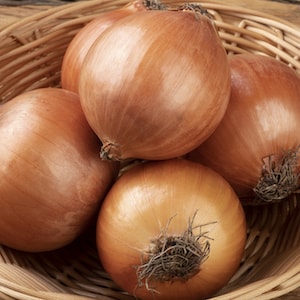
Image: Onion Sets – Autumn Champion
Allotment fruit in September
- Hedgerow blackberries are in peak season now and it brings back many happy childhood memories! It’s great to see that this timeless tradition is still alive and well in today’s fast-paced technological world.
- There were some nice plums to harvest at the end of August and now the damsons are ready too.
- Early apples are also in season with mid-season and late season varieties still to come. Do watch out for those pesky wasps which are on the lookout for damaged fruit. They’re getting increasingly drunk with each passing day!
- Pick your autumn-fruiting raspberries regularly to get them at their best.
- It’s also time to pick the last of your blueberries before enjoying the beautiful autumn foliage.
Crops to harvest in September
- Sweet corn is now at its peak and is one of the undoubted highlights of September.
- Maincrop potatoes are also in season this month. Eat any knicked or scratched potatoes first, saving the clean whole ones for storing.
- Your courgettes should still be cropping prolifically along with marrows and gherkins.
- Beetroot, carrot, lettuce, salad leaves, radish and spinach continue to crop heavily along with cabbage and cauliflower.
- Pick your tomatoes as they ripen.
- Start harvesting your turnips.
- Cut back the top growth of Jerusalem artichokes and harvest the knobbly roots, as needed, from the soil.
- In the greenhouse, my cucumbers, tomatoes and sweet peppers are still cropping nicely.
- French and runner beans beans are beginning to come to an end.
- Start to harvest apples this month. Gently twist the fruit to remove them from the tree, but if they don’t come away easily, leave them a bit longer.
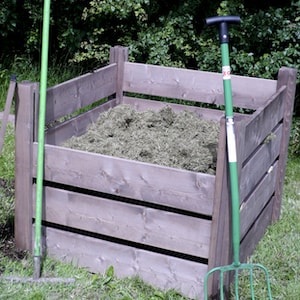
Image: Modular Wooden Compost Bins
General September allotment jobs
- Apply nematodes to control slugs and snails while temperatures are still mild. Moist weather gives the best results.
- September is a good time to sow green manure seeds on any spare patches of your allotment. ‘Winter mix’ is perfect for sowing from now until the end of the month. Early next spring the plants can be dug in before they flower. The plants reduce nutrient leaching from the soil by winter rains and play a useful part in improving soil fertility.
- Build a compost bin to make your own nutrient-rich compost. September is the perfect time to compost all the rich summer growth as it starts to slow. Two bins are ideal so one is always on the go. Only compost non-diseased foliage, avoiding brassica’s with clubroot or any blighted foliage or fruits from potatoes and tomatoes.
- Continue to hoe and weed your plot.
- Check over your stored summer onions, discarding any that show signs of softness or mould.
- Keep on top of watering if you have a late, dry spell.
- Audit your allotment shed. Tidy up the pots and compost sacks from the busy summer and check you have enough frost protection fleece for the coming winter.
Planning ahead
- If your maincrop potatoes showed lots of slug damage this month, make a note to grow Potato ‘Kestrel’ next year. This variety is fairly resistant to slugs, and will give you a crop even if you live in an area that’s especially prone to them.
- September is a great time to prepare for winter. Pile healthy green growth on the compost heap and pull out perennial weeds.
- Order autumn planting garlic sets for putting in the ground next month.
- Order shallots for October. ‘Longor’ and ‘Griselle’ are two of my favourites.

Image: Garlic Bulbs – Germidour
Suttons Seeds recommend these areas which may also be of interest.
- Previous month: What to do in your allotment in August
- Next month: What to do in your allotment in October


